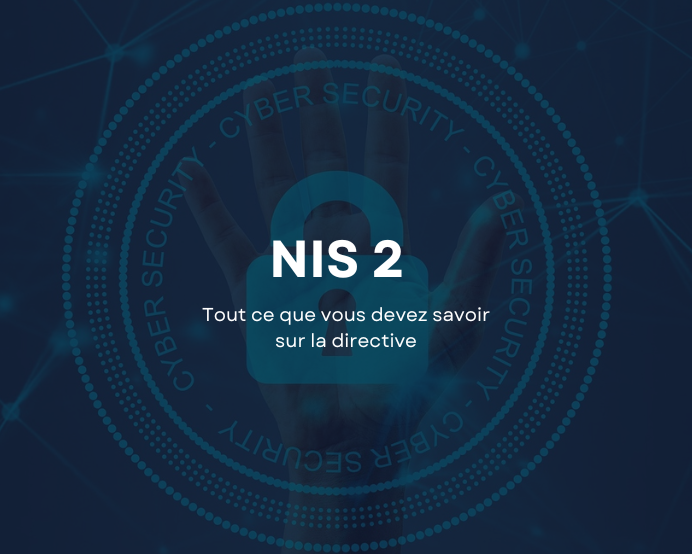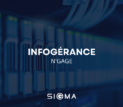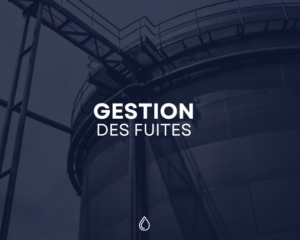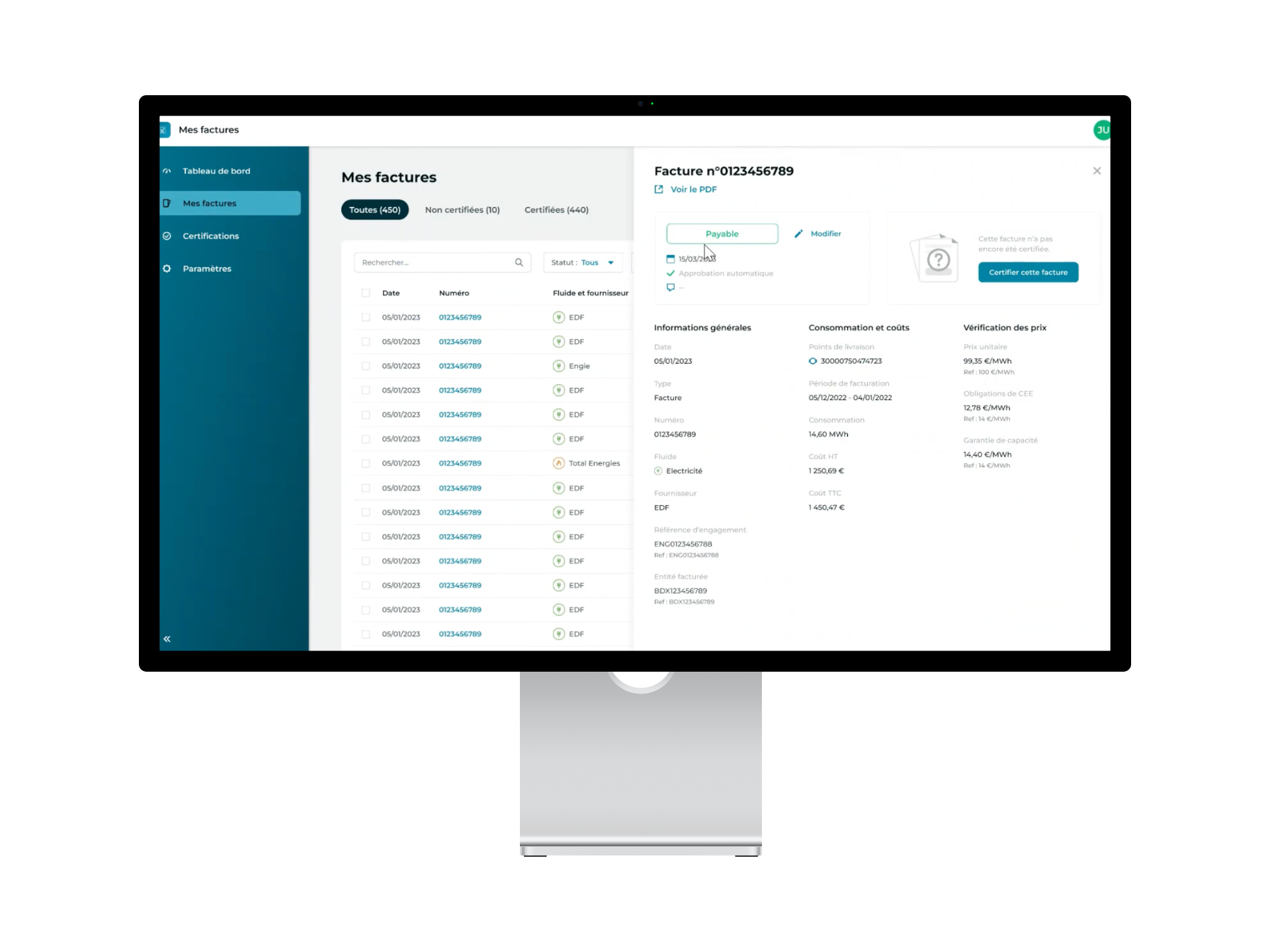In the digital age, cybersecurity has become a major concern for businesses, both large and small, across a wide range of sectors. Increasingly complex attacks and new regulations, such as the NIS 2 Directive, call for reinforced security of information systems and networks.
At Energisme, we have always placed cybersecurity at the heart of our strategy, aware that our role is to guarantee optimum security for our customers. Today, we are actively working to comprehend and adapt to the NIS 2 Directive, which is set to revolutionize security practices in the European Union.
What is the NIS 2 Directive?
The Network and Information Security 2 (NIS 2) Directive, the successor to the NIS 1 Directive, aims to harmonize cybersecurity regulations within the European Union. The main goal is to ensure enhanced security for critical information systems and digital services by establishing a robust regulatory framework.
The NIS 2 Directive primarily concerns companies with over 50 employees and sales in excess of one million euros in the 35 sectors concerned, including energy and digital services. It distinguishes between two types of entities: essential entities (EE) and important entities (EI), and introduces penalties for non-compliance of up to 10 million euros or 2% of annual worldwide sales for EE, and 7 million euros or 1.4% of annual worldwide sales for EI.
The Obligations of the NIS 2 Directive
The NIS 2 Directive introduces several new obligations for the relevant entities:
Contractual supply chain security obligation
Entities must ensure that information security is maintained throughout the supply chain. This means that suppliers, subcontractors, and other partners must also comply with appropriate security standards.
Notification obligation
The Directive requires that security incidents with a significant impact on the continuity of essential services be reported to the competent authorities within a specified timeframe.
Management responsibility
Management is responsible for ensuring that safety policies and procedures are implemented, maintained, and regularly reviewed.
Implementation of specific cybersecurity measures
These measures include the implementation of risk analysis and information systems security policies (PSSI), incident management, the establishment of business continuity plans (PCA) and incident recovery plans (PRA), security during the acquisition, development, and maintenance of networks and information systems, the assessment of cyber risk management measures, the application of cryptographic policies and procedures, asset management and access control policies, the use of multi-factor or continuous authentication solutions, and the adoption of secure communication tools and emergency communication systems in the event of a crisis.
The Opportunities Offered by the NIS 2 Directive
The NIS 2 Directive, despite the challenges it poses, also represents a unique opportunity for businesses to rethink their approach to cybersecurity and seize the opportunities offered by better protection of information systems. Here are just some of the opportunities offered by this directive:
- Improved security posture: By complying with the NIS 2 Directive, companies strengthen their overall security, reducing the risk of incidents and protecting business operations from disruption.
- Increased stakeholder confidence: Compliance with the NIS 2 Directive can improve the confidence of customers, partners, and other stakeholders, as it demonstrates the company’s commitment to cybersecurity.
- Competitive advantage: A strong security posture can offer a competitive advantage, differentiating the company from its competitors and attracting new customers.
- Preparing for the future: By preparing for the NIS 2 Directive now, companies can prepare for the future and ensure that they are ready for other cybersecurity regulations that may be introduced in the future.
- Innovation and continuous improvement: The process of adapting to the NIS 2 Directive can stimulate innovation and encourage continuous improvement. Companies may need to review their existing systems and look for ways to improve them.
Preparing for the NIS 2 Directive: Energisme's Approach
At Energisme, we are actively preparing for the entry into force of the NIS 2 Directive. Our teams are working tirelessly to understand all the implications of the directive and to ensure that we are fully compliant with the requirements. We see this directive not only as an obligation but also as an opportunity to continue to improve our security and offer our customers the level of protection they deserve. In preparation for this, we plan to hold a webinar in October 2023 to address these topics and pass on the new information that will be released in September. We invite all our customers and partners to attend to find out more about the NIS 2 Directive and how we are preparing for it.
Summary
The NIS 2 Directive is a European regulation that reinforces cybersecurity requirements for critical information systems and digital services. It imposes a number of new and strengthened information security obligations, including contractual supply chain security, notification of major incidents, the responsibility of management bodies in implementing and monitoring security policies, and the implementation of specific cybersecurity measures. The NIS 2 Directive can be seen as an opportunity to strengthen global security, win the trust of stakeholders, gain a competitive advantage, prepare for the future, and stimulate innovation. At Energisme, we are actively working to comply with the NIS 2 Directive and make the most of it for our business and our customers. We plan to host a webinar in October 2023 to share our approach and knowledge on the NIS 2 Directive.

